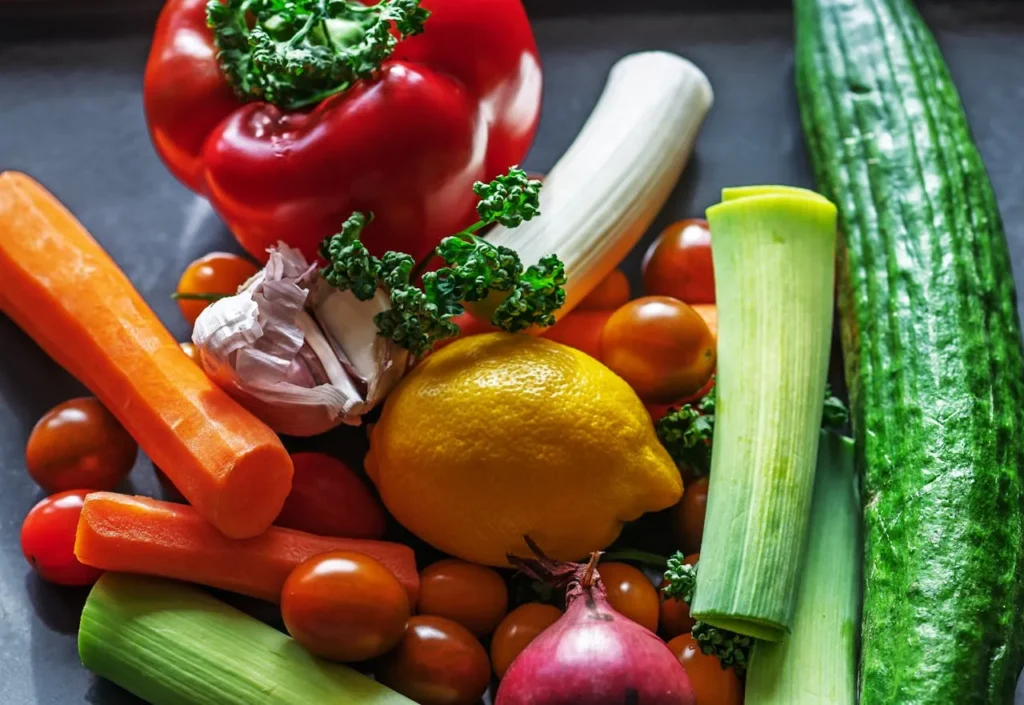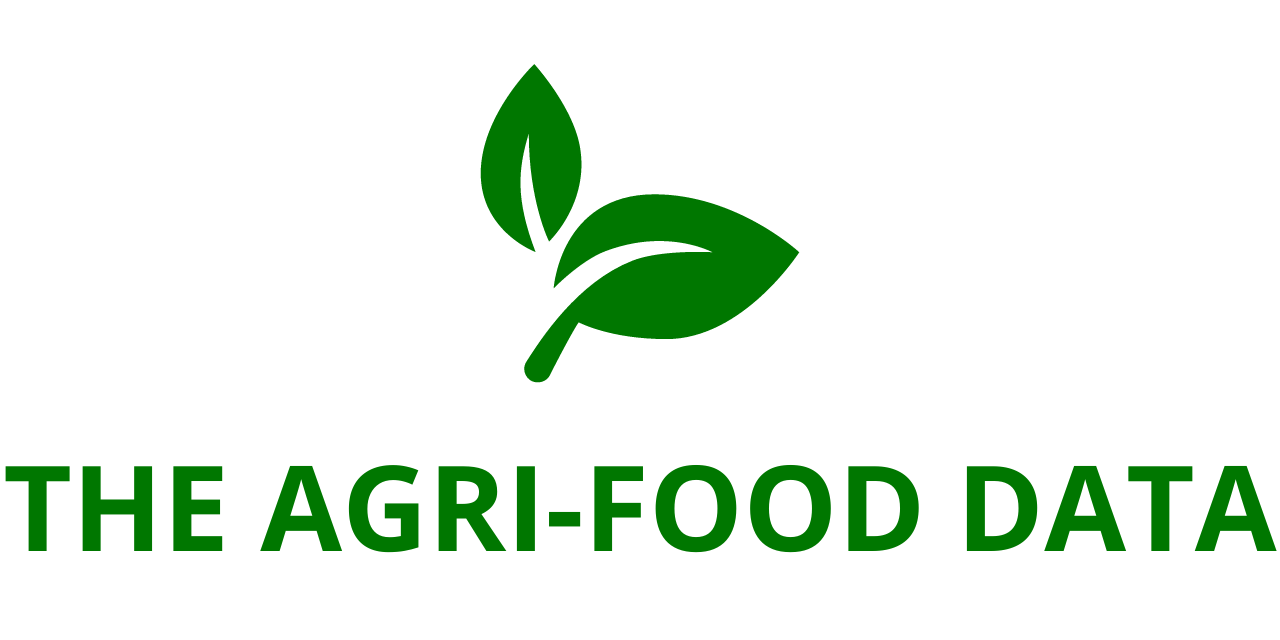
The “Global Fresh Food E-Commerce Market (2025 Edition): Analysis by Product Type, Age, Delivery Model, Region, and Country – Market Insights and Forecast (2021-2031)” report has recently been added to ResearchAndMarkets.com’s extensive portfolio of market intelligence studies. This comprehensive report provides a detailed assessment of the global fresh food e-commerce industry, offering historical data, present-day estimates, and future forecasts that span a decade.
Between 2021 and 2024, the Global Fresh Food E-Commerce market experienced a robust compound annual growth rate (CAGR) of 14.73%, reflecting the accelerated adoption of online grocery shopping and changing consumer lifestyles. The market’s valuation reached USD 162.29 billion in 2024 and is projected to more than double, reaching USD 437.44 billion by 2031. The study delves deeply into market dynamics, key growth drivers, regional trends, and the emerging opportunities shaping the industry. It serves as a vital tool for stakeholders—including retailers, suppliers, investors, and policymakers—seeking a thorough understanding of the evolving fresh food e-commerce landscape.
Drivers of Market Growth
The rapid growth of the fresh food e-commerce sector is primarily driven by a convergence of technological innovation, logistical advancements, and evolving consumer expectations. As lifestyles become increasingly fast-paced, consumers are prioritizing convenience, health, and quality, making online platforms an attractive alternative to traditional grocery shopping. Fresh food e-commerce seamlessly integrates digital technology with sophisticated supply chains, transforming the way fresh food reaches consumers.
At its core, the fresh food e-commerce ecosystem leverages mobile applications, online marketplaces, and web-based platforms to offer a wide array of perishable products, including fruits, vegetables, meats, fish, dairy, and chilled goods. Consumers benefit from the ability to browse selections, compare options, make secure payments, and schedule deliveries—all from the comfort of their homes or on-the-go. This level of convenience appeals to diverse demographic groups, such as busy urban professionals, families seeking time-efficient solutions, and elderly individuals who prefer to minimize physical shopping trips.
Several key factors are driving market growth:
- Advancements in Logistics and Cold Chain Technologies: Efficient supply chain management and refrigeration technologies ensure that perishable goods maintain their freshness during transport and delivery. These innovations allow e-commerce platforms to offer consistent product quality while extending delivery coverage to both urban and rural areas.
- Expansion of Digital Access: The widespread use of smartphones and reliable internet connectivity has expanded consumer access to e-commerce platforms. Intuitive interfaces, seamless payment gateways, and real-time order tracking enhance the shopping experience, building consumer confidence and encouraging repeat purchases.
- Focus on Health and Sustainability: Increasingly health-conscious consumers are demanding organic, locally sourced, and environmentally sustainable food options. E-commerce players are responding by partnering with farms that follow sustainable practices, providing transparency in sourcing, and ensuring certifications that verify product quality and authenticity.
Regional Insights
The Asia Pacific region stands out as the fastest-growing and most dynamic market for fresh food e-commerce. Factors such as rapid urbanization, widespread smartphone penetration, and a tech-savvy young population have fueled high adoption rates in countries like China, India, Indonesia, and South Korea. Digital payment infrastructure is well-integrated in daily life, making online transactions smooth and secure. Cultural habits emphasizing fresh, high-quality ingredients for daily meals further drive the frequent purchase of groceries, positioning e-commerce platforms as a practical and convenient solution. Additionally, improvements in logistics and distribution networks have enabled even remote communities to access reliable delivery services, expanding the market’s reach.
North America and Europe also represent significant markets, driven by busy urban lifestyles, high disposable income, and an increasing preference for online grocery shopping. Consumers in these regions are particularly attracted to platforms that offer convenience, variety, and transparency in product sourcing. Furthermore, initiatives promoting sustainability and eco-friendly packaging have enhanced consumer engagement and brand loyalty.

Market Segmentation
The fresh food e-commerce market is highly segmented to cater to the diverse needs and preferences of consumers:
- By Product Type: The market encompasses fish, meat and eggs, dairy products, fruits and vegetables, chilled items, and other fresh food categories. Each segment has unique characteristics influenced by perishability, storage requirements, and consumer expectations. For example, fruits and vegetables are typically purchased in smaller, more frequent batches, whereas meat and dairy products often require larger, less frequent purchases with greater attention to quality and provenance.
- By Age Group: The market distinguishes between consumers under 20 years, 20 to 30 years, and over 30 years. Younger consumers are drawn to convenience, mobile-friendly interfaces, and subscription services, while older consumers prioritize product quality, health benefits, and trust in delivery reliability. Retailers are increasingly tailoring marketing campaigns, product offerings, and user experiences to address these demographic preferences.
- By Delivery Model: Home delivery remains the most widely used model, offering flexibility and convenience. Meanwhile, click-and-collect services are gaining traction among consumers who prefer to pick up orders at a designated location to save on delivery fees or verify product quality. Subscription services are emerging as a popular choice for recurring purchases of essentials like dairy, eggs, and vegetables. These models provide consumers with convenience, cost savings, and consistency, while also presenting logistical challenges and opportunities for e-commerce operators.
Competitive Landscape
The fresh food e-commerce sector is highly competitive, with companies constantly innovating to differentiate themselves. Key strategies include superior logistics, wide product assortment, user-friendly digital platforms, loyalty programs, and partnerships with trusted suppliers. Local and regional players often leverage community connections and locally sourced products to gain an edge, while global players invest heavily in warehousing, automation, and advanced technology to scale operations efficiently. In this market, trust, reliability, and product freshness are critical determinants of consumer loyalty. Companies that can guarantee a seamless farm-to-doorstep experience are likely to secure long-term success.
Scope of the Report
The ResearchAndMarkets report provides a comprehensive analysis of the fresh food e-commerce market, including:
- Market valuation in USD Billion and regional segmentation (Americas, Europe, Asia Pacific, Middle East & Africa)
- Analysis of 10 key countries: United States, Canada, United Kingdom, France, Germany, Spain, China, Japan, South Korea, and India
- Historical market data for 2021-2024, estimates for 2025, and forecast for 2026-2031
- Detailed breakdown by product type, age group, and delivery model
- Market attractiveness assessment by region, product, age, and delivery model
- Insights into major trends, drivers, opportunities, and challenges shaping the industry
- Tracking of competitive strategies, mergers and acquisitions, and new product launches





